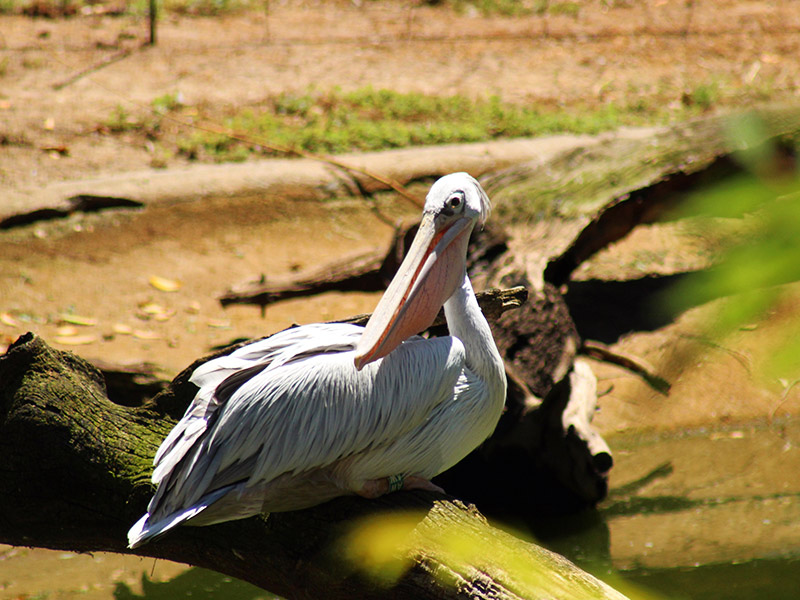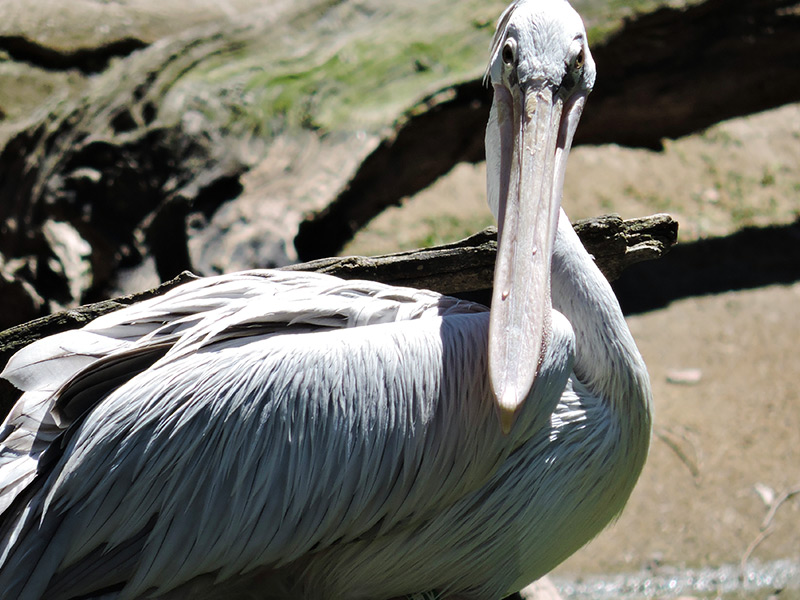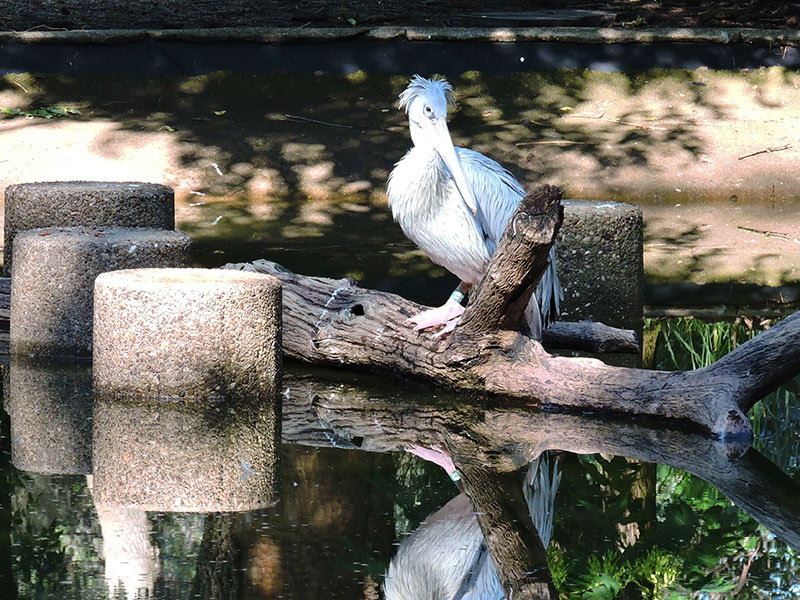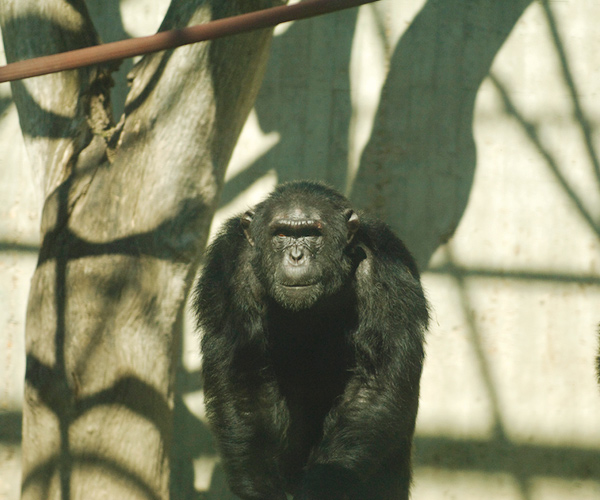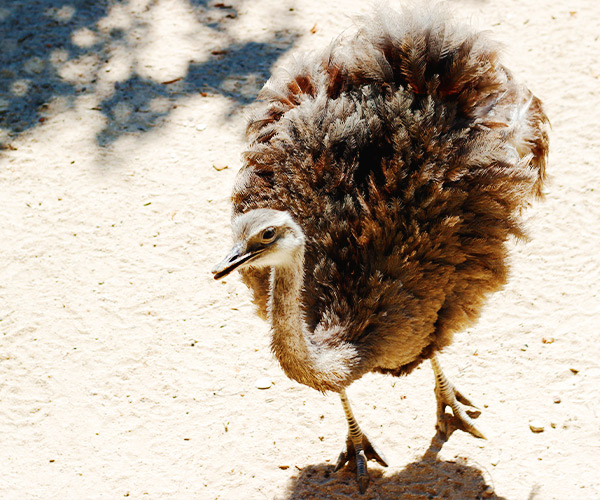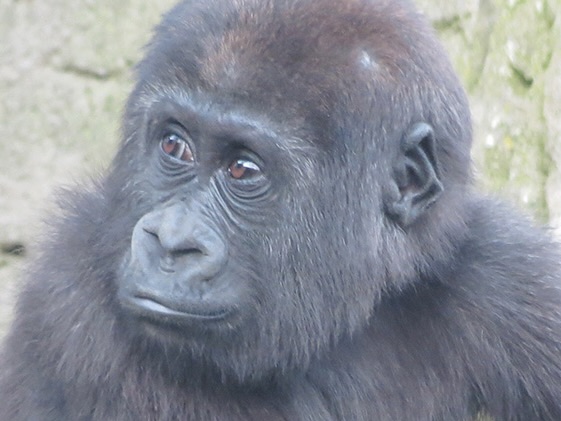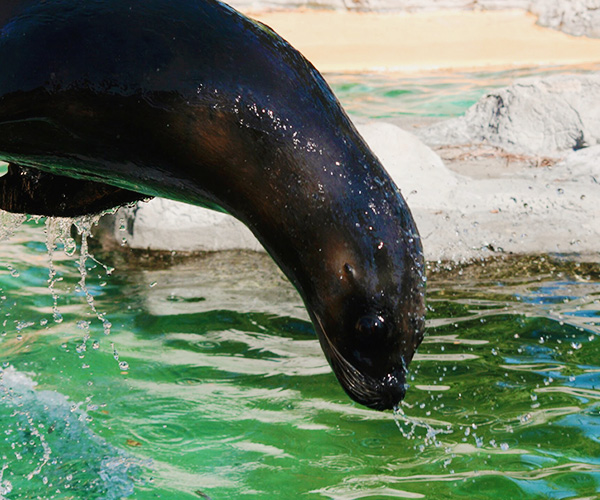The gray pelican has light plumage with a pinkish-gray shade, its primary and secondary feathers are chestnut-gray, it has a light pink bill and its legs and feet are also pink.
It is native to Africa and the southern Arabian Peninsula.it is also found in Madagascar and the Seychelles.
Pelicans are famous for their huge beaks, but they possess another distinctive feature: they have four webbed toes, like cormorants and gannets.
The pelican is the only animal that swallows salt water and converts it into fresh water inside its throat. They can fly for a long time, but they have difficulty moving on the ground.
It is a sedentary bird, moving according to rainfall and food abundance. It has a preference for freshwater streams, although it can be seen on the coasts and in marshes with brackish water. Pelicans are often found around docks and harbors. Pelicans nest in colonies, building their nests in branches on trees, bushes and mangroves. A clutch usually consists of two eggs and incubation takes about 30 days.
